10 Adventurous Things To Do In Mojave Desert, CA
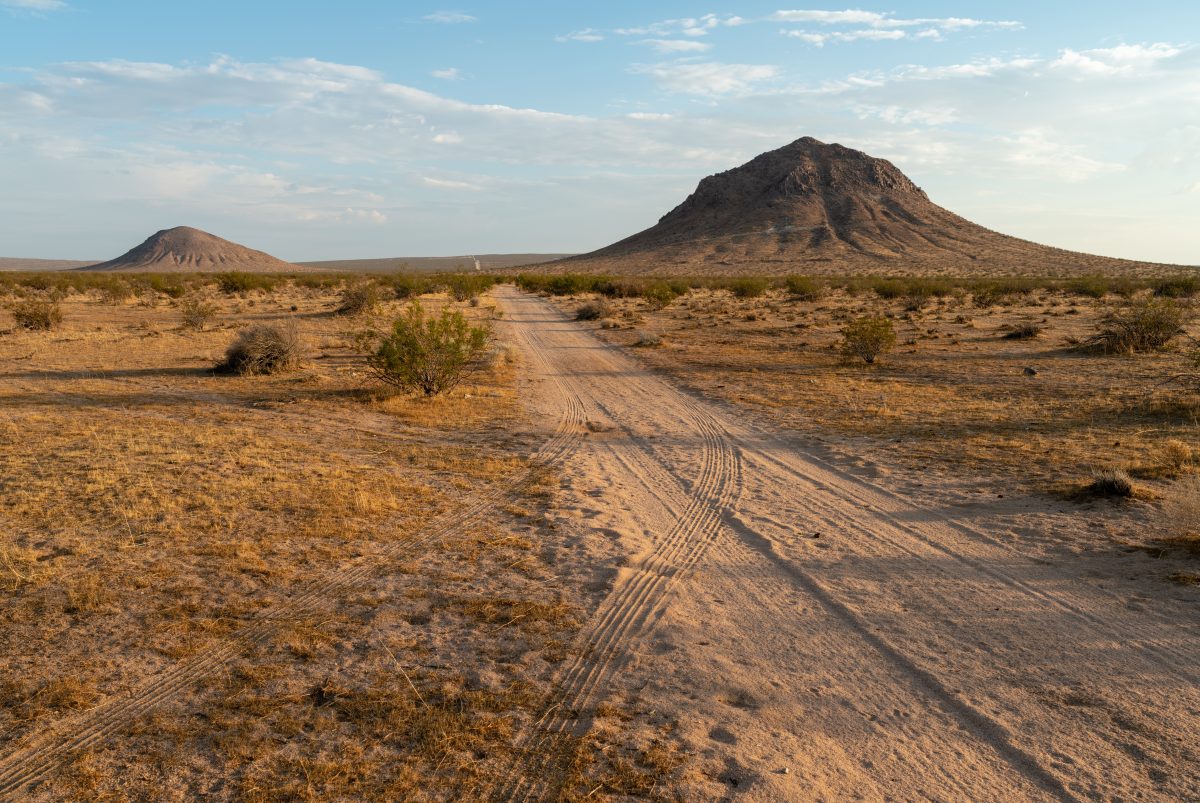
Ah, the mighty Mojave Desert. This is one of the most defining and symbolic reserves in California. Spreading across vast portions of the Golden State, it ranges from the fringes of LA to the borderlands of Nevada. Along the way, it sprouts upwards with mighty volcanic rock slabs. It gives way to canyons tinted rust red. The lands drop to deep craters, rent through the earth. They host spine-tingling mining towns where Clint Eastwood would look right at home.
And then there’s the unique array of Mojave Desert animals and the Mojave Desert plants. Stalking the sun-cracked hills are elusive cougars and bobcats. Slithering snakes with gnarled scales inhabit the dunes. There are forests of alien-like yucca plants, Joshua trees, cacti – you name it. It’s hardly a wonder that the landscapes have become a veritable playground for outdoorsy types.
This list of 10 of the top things to do in the Mojave Desert focuses on the more adventurous side of life. It flits from far-flung camping grounds to the meandering courses of Route 66. It hits up long, lost animal reserves and showcases some eye-watering geological parks. It’s a must for anyone eager to explore perhaps the most iconic, the driest, and the remotest desert in California…
1.
Mojave National Preserve camping
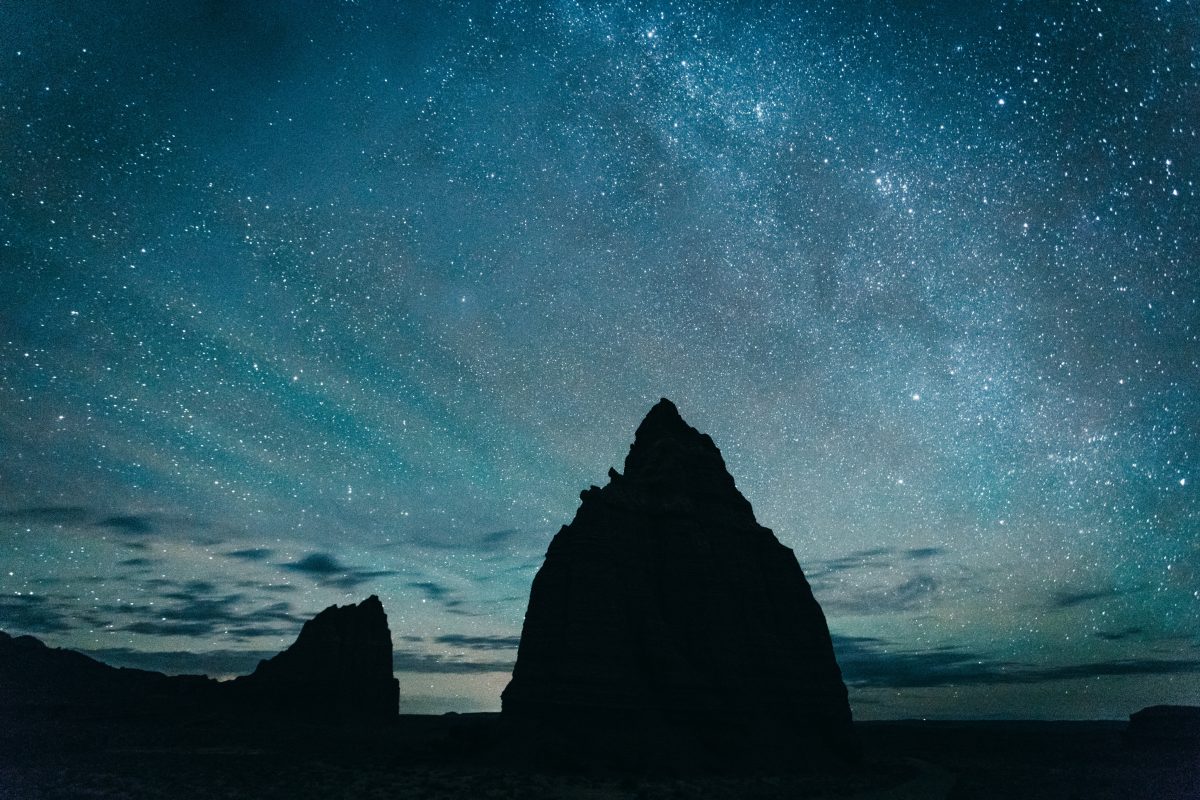
©Photo by JOHN TOWNER on Unsplash
Nothing says hitting the wilderness like unfurling the canvass and hammering in the pegs. That’s why visitors to the Mojave Desert have long been opting for the good old tent. It’s a style of accommodation that promises to get you closer to the dry and dusty plains of California than any other. It means having stargazing just a zip away. It means waking to vistas of red-rock gorges and toppling hoodoos. And it means sleeping to a chorus of cougars, coyotes, and hooting owls.
Mojave National Preserve camping takes place at designated sites. They are sprinkled throughout the vast Mojave Desert, and each offers something different and unique. Take the Hole-in-the-Wall Campground. That’s hemmed in by craggy towers of volcanic rock. It’s got 35 plots to pitch the tent and is sat right by oodles of trailheads for hikers.
Then there’s the Mid Hills Campground. At an elevation of 5,600 feet above sea level, it boasts sweeping vistas of plains spotted with yucca and thorns. The remote spaces here are equipped with picnic tables and fire pits. That means easy evenings of sunset viewing and stargazing as wood crackles in the hearth.
2.
Conquer the Kelso Dunes
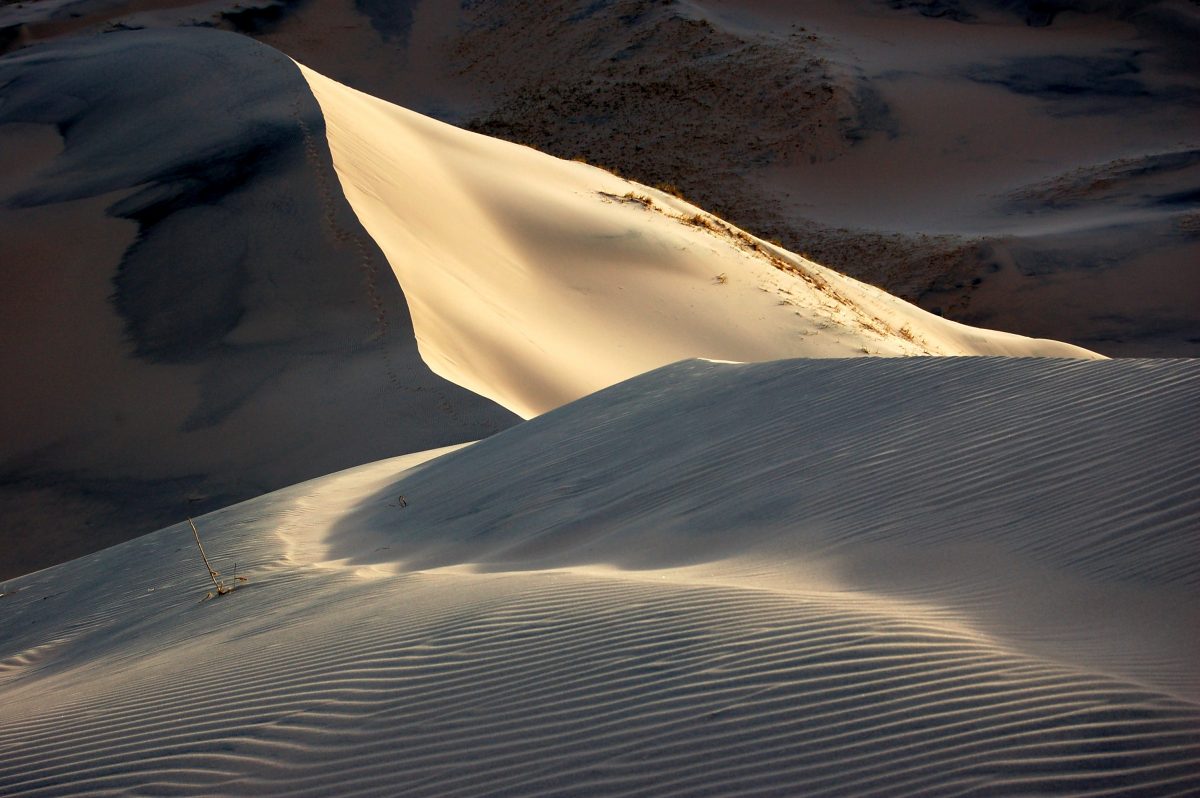
©Photo by Matt Artz on Unsplash
Take an exit north off I-40 as you cruise along the south side of the Mojave National Preserve and you’ll soon see the Kelso Dunes rise high. A strange mass of carved and windblown hills, they are aeolian sand deposits that have accumulated as quartz and granite billowed off the San Bernardino Mountains to the west. The result is a row of summits that soar more than 200 meters, clad in tough grasses and natural ripples.
The Kelso Dunes are totally closed to cars. However, they can be accessed by hikers. The trailhead starts on Kelso Dunes Road before breaking into a managed track that takes you to the heart of the wonder. The walk is a lesson in the otherworldly sorts of Mojave Desert plants and Mojave Desert animals that accumulate in this part of America. As you hike the slopes, keep watch for fringe-toed lizards whizzing between shady clefts in the dust.
Another draw here is the strange and eerie sound of the singing dunes. Join the regular visitors who slide lazily from top to bottom of the largest Kelso mounds to hear it for yourself. It’s a low rumble that shudders the whole mountain, vibrating the desert grasses and the rocks all around.
3.
Drive The Old Route 66 Mojave Desert
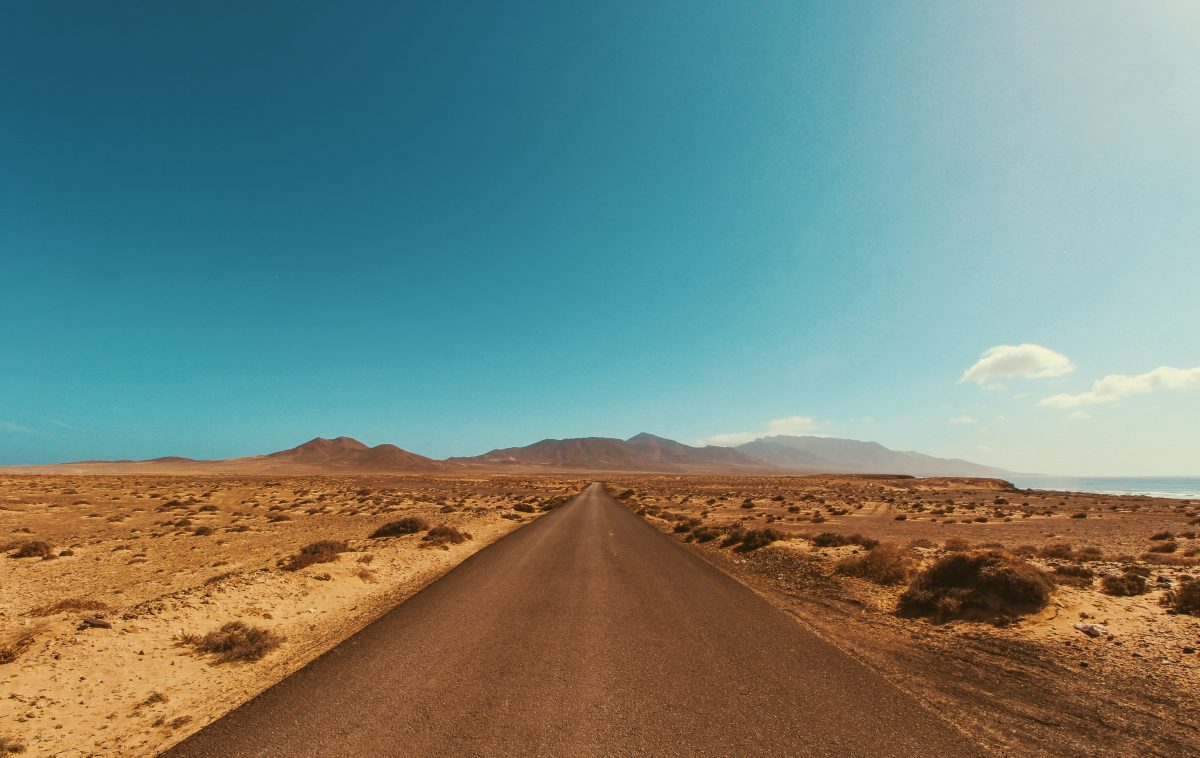
©Photo by Pexels
Something that’s often missed on lists of Mojave Desert facts is that this arid sector of the West was once crossed by Route 66. Yep, the so-called Mother Road shot across the dust plains here. It ran across the Nevada state line and skirted the wilderness of the Mojave National Preserve, all before plunging into LA in search of the Pacific Ocean.
These days, you can still trace the old asphalt of the famous driving route. It begins (in the east) in the town of Needles. Heading towards Los Angeles from there, you’ll cruise through meadows of wildflowers and encounter haunting ghost towns and mining settlements. The spirit of the Wild West continues with sightings of the colossal Kelso Dunes and the ochre-tinted Amboy Crater. It’s a bucket list-busting experience if there ever was one!
4.
Stay up late and go stargazing in the Mojave National Preserve
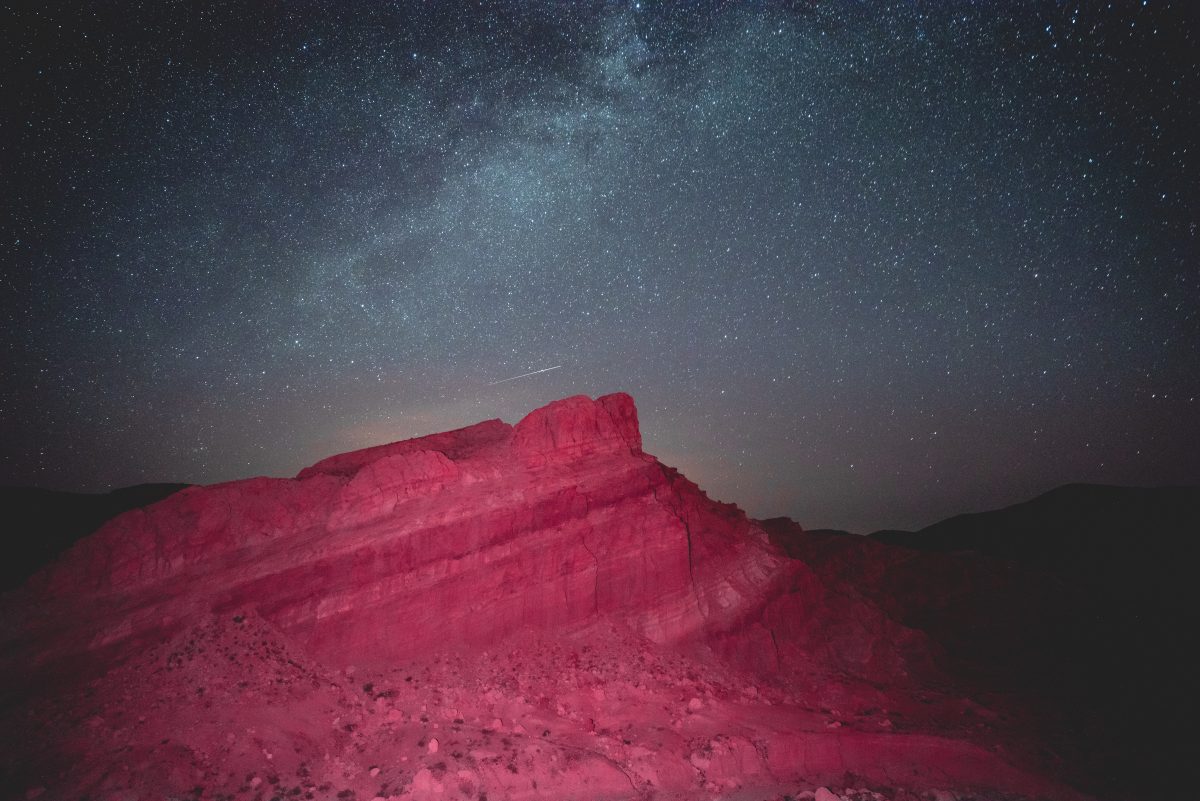
©Photo by Will Truettner on Unsplash
While daytime brings blinding hues of beige and sand to the landscapes of the Mojave Desert, the night is something else entirely. In fact, when the sun drops behind the rugged hills around LA to the west, this wilderness becomes one of the darkest places in the United States. Void of big cities and loads of street lighting, the vast outback here is prime territory for star spotting…
There are a couple of destinations within the Mojave Desert that really stand out from the crowd. Take Joshua Tree National Park. That boasts some of the most unpolluted skies in Southern California. And it’s an uber-accessible part of the Mojave as a whole. You simply need to veer off Interstate 10 as you depart Indio or Palm Springs to reach it.
Meanwhile, on the northern side of the Mojave preserve is the Sky’s the Limit Observatory and Nature Center. That’s a doozy if you want to learn more about the Milky Way and any passing meteorites you might spy from the telescope. Their weekend workshops in astronomy and stargazing are the perfect intro for families visiting California.
5.
Hike the Arch Rock Nature Trail
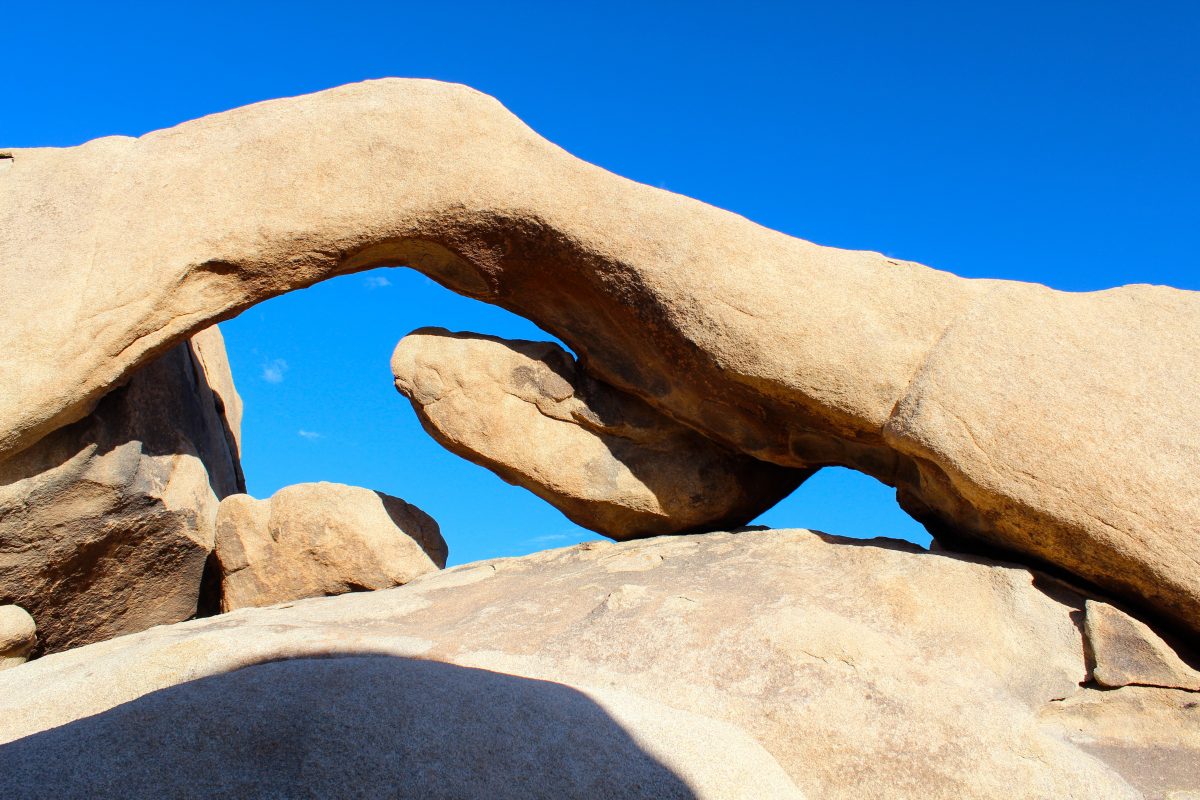
©Photo by nightowl from Pixabay
Of course, there are more amazing hiking trails in the Mojave Desert than you can shake a yucca plant at. However, a few of them simply can’t be missed for the budding thrill seeker. They come with astounding views, intriguing glimpses of Mojave Desert plants and wildlife, and tastes of the arid backcountry of SoCal.
The Arch Rock Nature Trail of the Joshua Tree National Park is most certainly one of those. It’s easy to get to. Just cut off the main roads of Twentynine Palms and pull up at the signposted trailhead. From there, you head off on half a mile of rubble-topped track. It’s surrounded by multi-colored wildflowers in spring. But you should also keep an eye out for the gnarled and chiseled rock features. They – as the name implies – are the real highlight. Some sprout from clusters of granite stone. Others bend and twist overhead as you walk. Talk about an Instagram-friendly trek into the Mojave!
6.
Tread the scorched earth of Death Valley in Furnace Creek
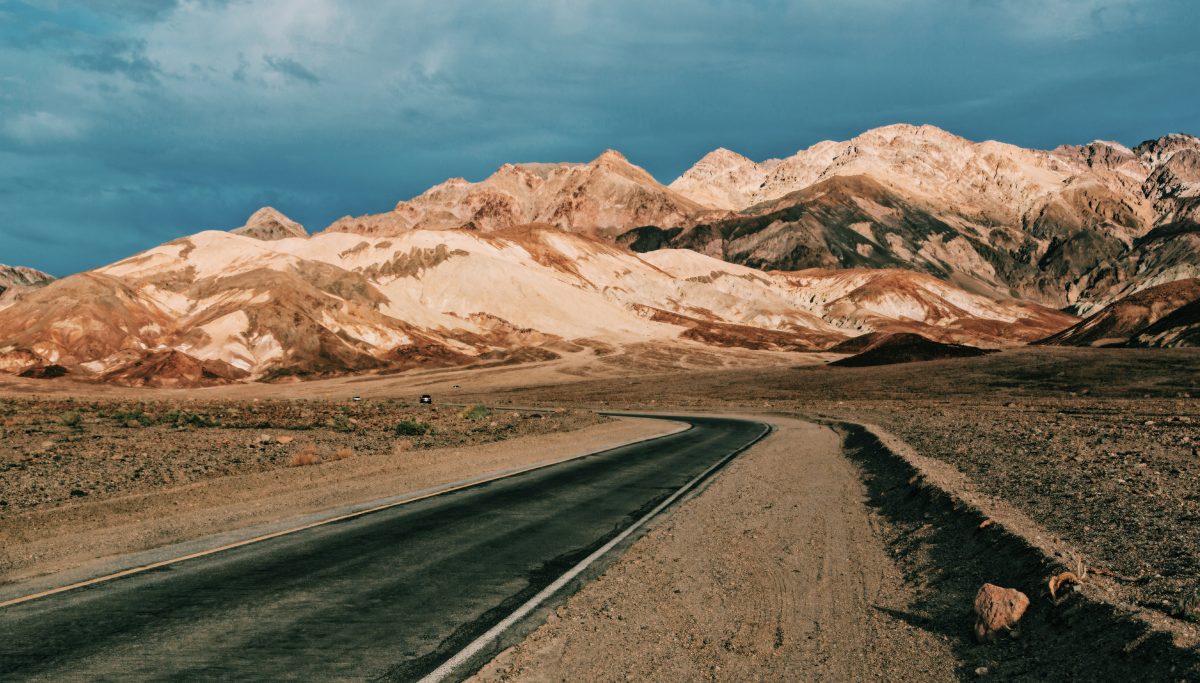
©Photo by Francois Olwage on Unsplash
The region around the Death Valley National Park is where the Mojave Desert weather is at its most extreme. Some of the highest temperatures on Earth have been recorded here. And that’s not even mentioning the dry, dusty climate that hardly ever sees a drop of rainfall.
In the heart of it, all is the Furnace Creek Visitor Center. Head there to learn all about the unique geology, geography, and nature of this northern quarter of the Mojave. Outside, there are thermometers that regularly showcase 100 degrees and counting. Inside, there are a few small collections that reveal the interesting history of mining and human adventure in these harsh lands.
For extra adventures in the area of Furnace Creek, be sure to plot a route to the Golden Canyon. It’s home to a challenging trail that weaves through cathedral-like rock bluffs. The whole lot eventually culminates under Zabriskie Point. You’ll want to scramble up to that for lookouts over the crumpled Badlands and the Amargosa Range.
7.
Check off the awesome Dumont Dunes of Mojave Desert
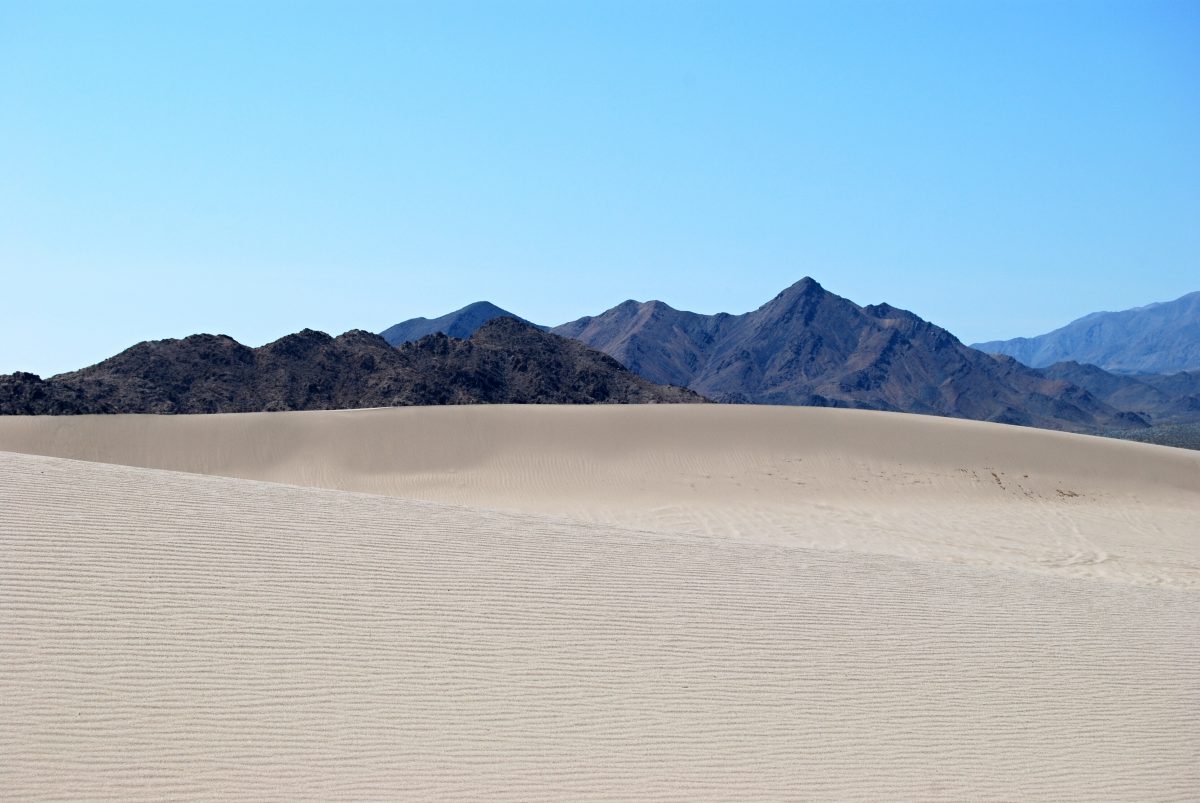
©Photo by Wiki Commons
If you’re heading more in the direction of the Death Valley National Park than the Mojave National Preserve, it might be a good idea to add the Dumont Dunes to the itinerary instead of the Kelso Dunes. These strange beds of sand peak and trough between walls of volcanic mountains north of little Baker. They look just like the shifting sandhills of Arabia, only plonked in the midst of Cali’s Amargosa River valley.
There are all sorts of high-adrenaline pursuits you can get up to on the Dumont Dunes. High-octane ATV riding can have you purring over the sand on petrol-powered cars. You can scramble up to lookout points to take in the southern edge of Death Valley. Or, you can lace up the boots and hike the scrub fields, keeping watch for the endangered fringe-toed lizard as you go.
8.
Search out Mojave Desert animals at the Alpine Butte Wildlife Sanctuary
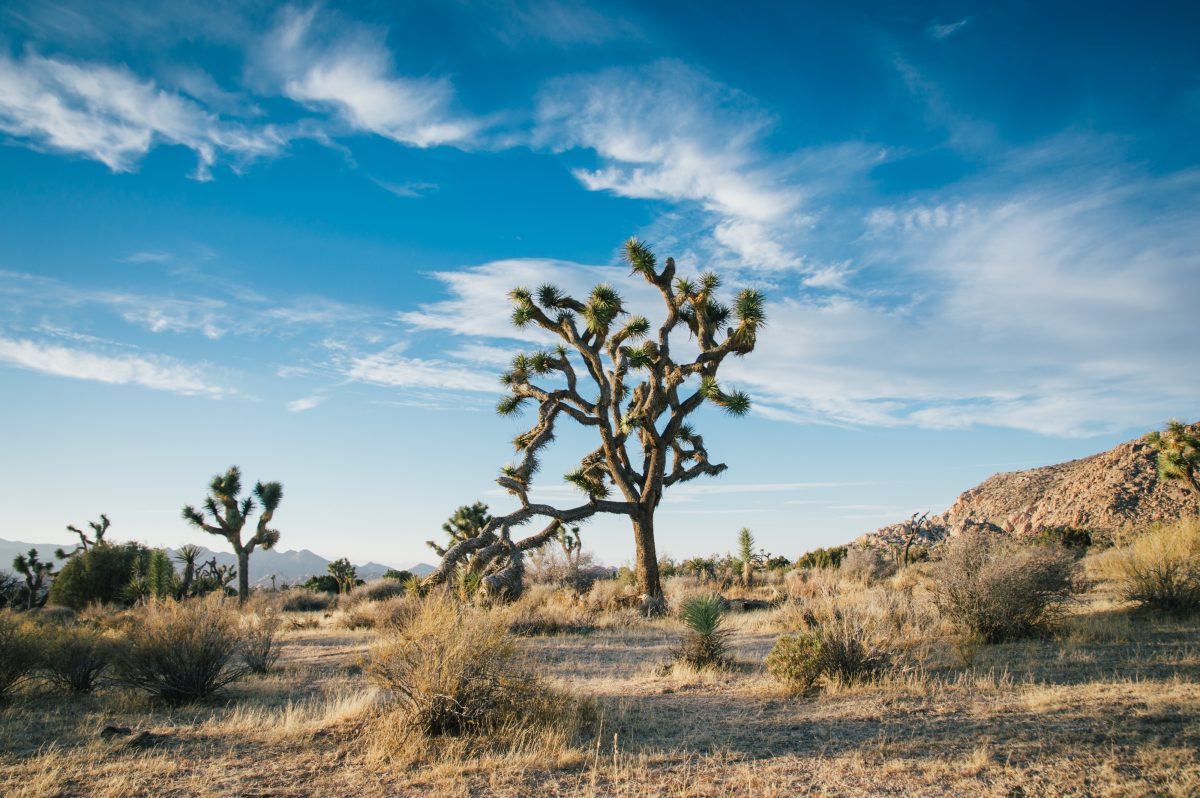
©Photo by pixabay
On the far western end of the Mojave Desert’s territory is a small taster of the wilderness. It sits within easy reach of the Inland Empire, just down Route 14 from Santa Clarita. If you’re not planning a trip deeper into the dusty California hinterland, then it’s a great place to get a feel for what it’s like down in Death Valley and the Joshua Tree National Park.
It’s a mecca for wildlife enthusiasts. Just check out the flora. Unique examples of Mojave Desert plants sprout from the sloping hillsides. They include spiny cacti, rugged grasses, lichens, and – of course – the iconic yucca tree of the Joshua preserve. The carved Mesozoic granite mountains also make an amazing habitat for Mojave Desert animals. Keep watch for slithering rattlesnakes. Don’t miss the striped lizards. And then there’s the slow-moving desert tortoise to boot.
Always be sure to check the Mojave Desert weather before you start wandering around this place. Things can get hot there quickly, so you’ll need appropriate clothing and plenty of water!
9.
Explore the Providence Mountains State Recreation Area
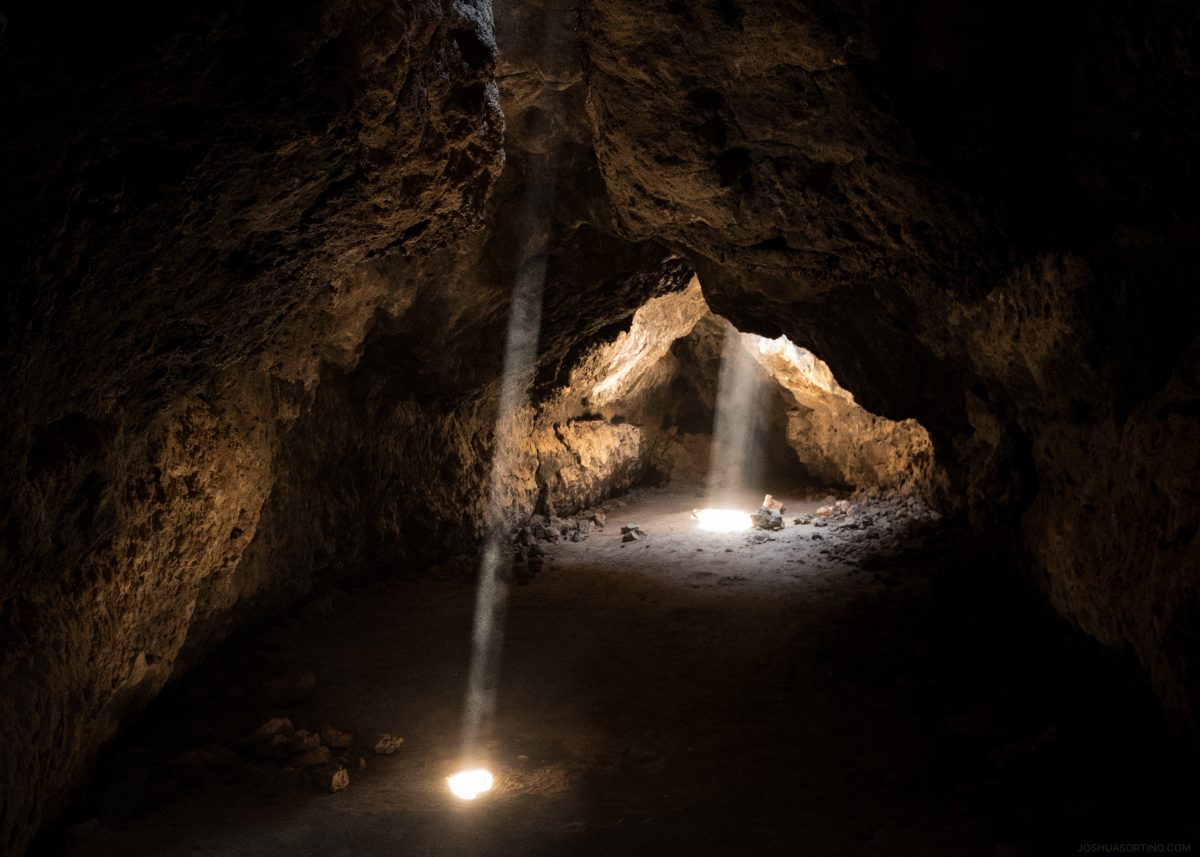
©Photo by Joshua Sortino on Unsplash
This one’s a treasure that awaits those willing to delve deep into the eastern Mojave Desert. It splinters up with rock-ribbed ranges above the rolling sand plains north of Interstate 40. There, the recreation area reveals some of the most untamed corners of the Wild West.
For starters, the Providence Mountains form a long line of serrated stone that can take the breath away – literally. They rise over 2,100 meters from the desert floor to serrated summits where strange flora can grow. Just ask the hikers who opt to join the routes up to the tops of Edgar Peak or Fountain Peak! They will witness the likes of pines, Californian juniper, and even ancient oaks as they walk…
Another wonder lurks deep below the Providence Mountains State Recreation Area. Cue the Mitchell Caverns. A designated preserve in their own right, they open the underground treasures of the Mojave for all to see. These days, visitors are invited to delve into deep tunnels cut into the peaks. There are boardwalk trails below the surface, showing a medley of craggy stalactites and limestone stalagmites.
10.
Take photos of the Trona Pinnacles
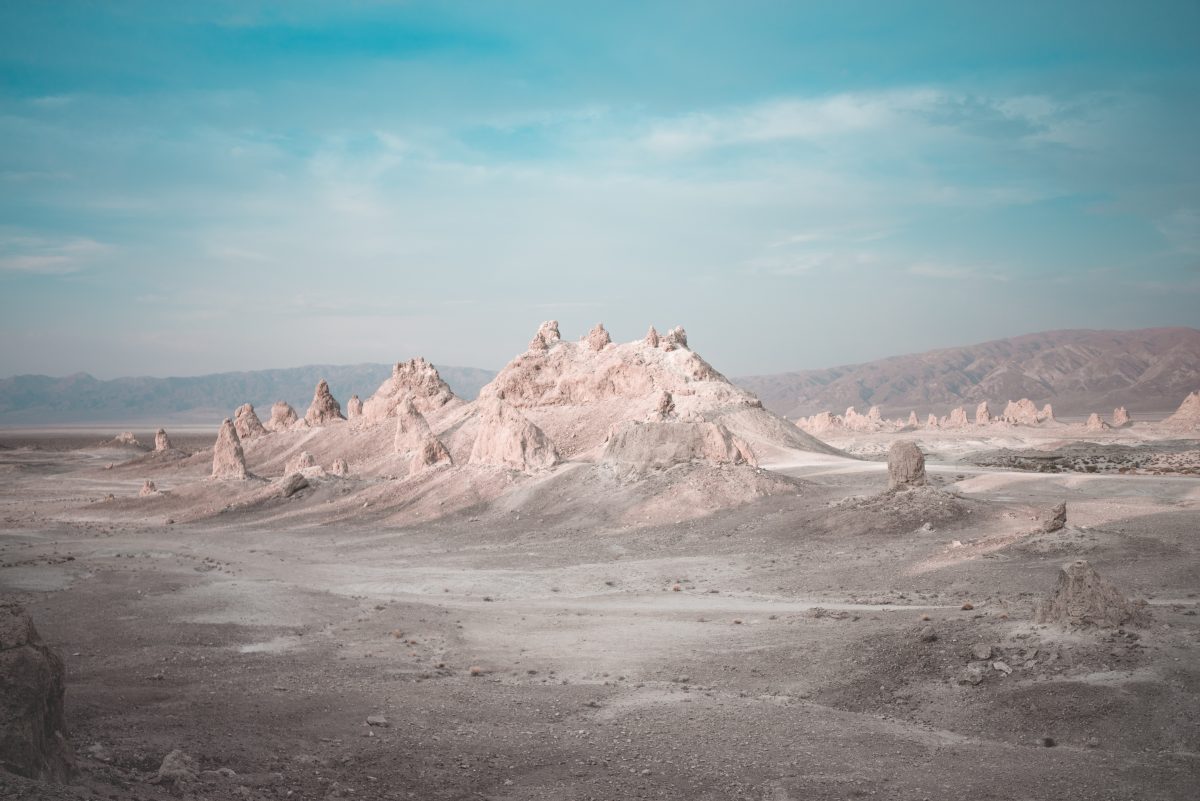
©Photo by Will Truettner on Unsplash
The Mojave Desert is often called Mars on Earth. But nowhere in the whole of the region does the landscape become as alien as at the Trona Pinnacles. Yep, sat in the heart of the California Desert National Conservation Area, these curious spires of stone continue to draw photographers and amateur geologists. They rise like colossal termite mounds from the rust-red ground. Some are topped with gleaming dashes of calcium deposits. Others lurch skywards like the frozen finger of a buried giant.
It’s easy to see why these amazing rock formations have been the backdrop to loads of Hollywood flicks. The likes of Battlestar Galactica and Star Trek have been filmed here. If you’re keen on capturing them on film, too, it’s best to come at dusk. Then, the sunset colors glow in eerie shades of purple and red on the horizon.

